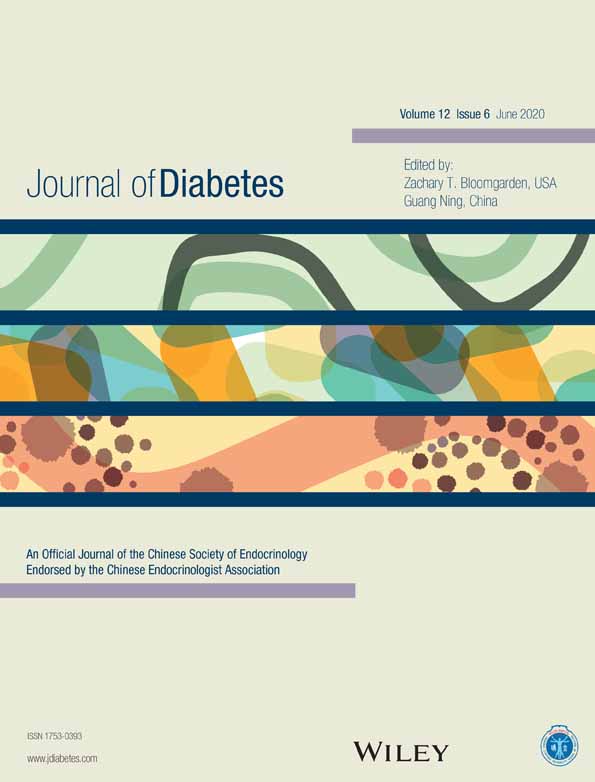Increasing insulin resistance predicts adverse pregnancy outcomes in women with gestational diabetes mellitus
妊娠期糖尿病胰岛素抵抗增高提示不良妊娠结局
Abstract
enBackground
This study aimed to investigate the association between maternal insulin resistance (IR) in the late second trimester and pregnancy outcomes, as well as to identify risk factors of IR among women with gestational diabetes mellitus (GDM).
Methods
A retrospective study was conducted among 2647 women diagnosed with GDM. IR was evaluated using the homeostasis model assessment method for IR (HOMA-IR) in the late second trimester (between 24 and 28 weeks), and the lipid profiles were measured at the same time. Patients were divided into groups based on quartiles of HOMA-IR. The information on pregnancy outcomes and risk factors was extracted from the medical records of all participants and entered electronically. Logistic regression models were used to analyze the associations between HOMA-IR and pregnancy outcomes, as well as the associations between risk factors and HOMA-IR.
Results
Greater IR was associated with cesarean delivery, preterm delivery, macrosomia, and large for gestational age newborns, but only significantly associated with preterm delivery after adjustment for potential confounders (P < .001). Prepregnancy body mass index (BMI), weight gain before diagnosis of GDM, and triglycerides were significantly related with IR in the late second trimester (P < .001). Besides, the total area under the curve of the diagnostic 75-g oral glucose tolerance test and glycosylated hemoglobin A1c increased from the lowest to the highest HOMA-IR groups.
Conclusions
Increasing IR in the late second trimester predicts adverse pregnancy outcomes especially for preterm delivery in women with GDM. Additionally, prepregnancy BMI and weight gain before diagnosis of GDM are independent risk factors for the development of IR.
摘要
zh背景
本研究旨在探讨妊娠期糖尿病(gestational diabetes mellitus, GDM)患者中孕期后期的胰岛素抵抗水平(insulin resistance, IR)与其妊娠结局的关系, 及GDM患者IR相关的危险因素。
方法
本研究为回顾性研究, 共纳入2647名GDM患者。回顾临床资料, 采用妊娠24至28周指标计算稳态模型评估IR水平(homeostasis model assessment insulin resistance, HOMA-IR)以评价患者中孕期后期IR水平, 并于同期检测患者血脂水平。根据HOMA-IR的四分位值将患者分为四组。患者的妊娠结局及相关危险因素由患者病历提取并电子录入。Logistics回归模型被用于分析HOMA-IR与妊娠结局的关系, 及各危险因素与HOMA-IR的关系。
结果
更高水平的IR与剖宫产分娩、早产、巨大儿及大于胎龄儿相关, 但经混杂因素校正后仅与早产结局显著相关(P<.001)。孕前体重指数(body mass index, BMI)、GDM诊断前孕期体重增长及甘油三酯水平与中孕期后期的IR水平显著相关(P<.001)。此外, 75克口服糖耐量诊断试验曲线下面积与糖化血红蛋白A1c水平在HOMA-IR四分组中逐渐升高。
结论
中孕期后期IR水平增加可预测GDM患者不良妊娠结局特别是早产的发生。另外, 孕前BMI及GDM诊断前孕期体重增长是中孕期后期高IR水平的独立危险因素。
CONFLICT OF INTEREST
None of the authors reported a conflict of interest related to the study.




